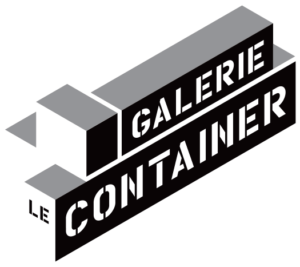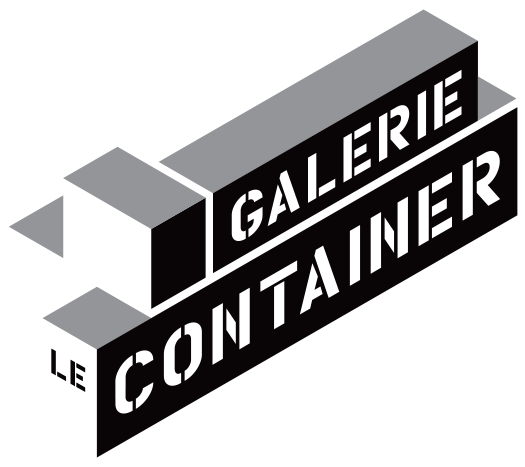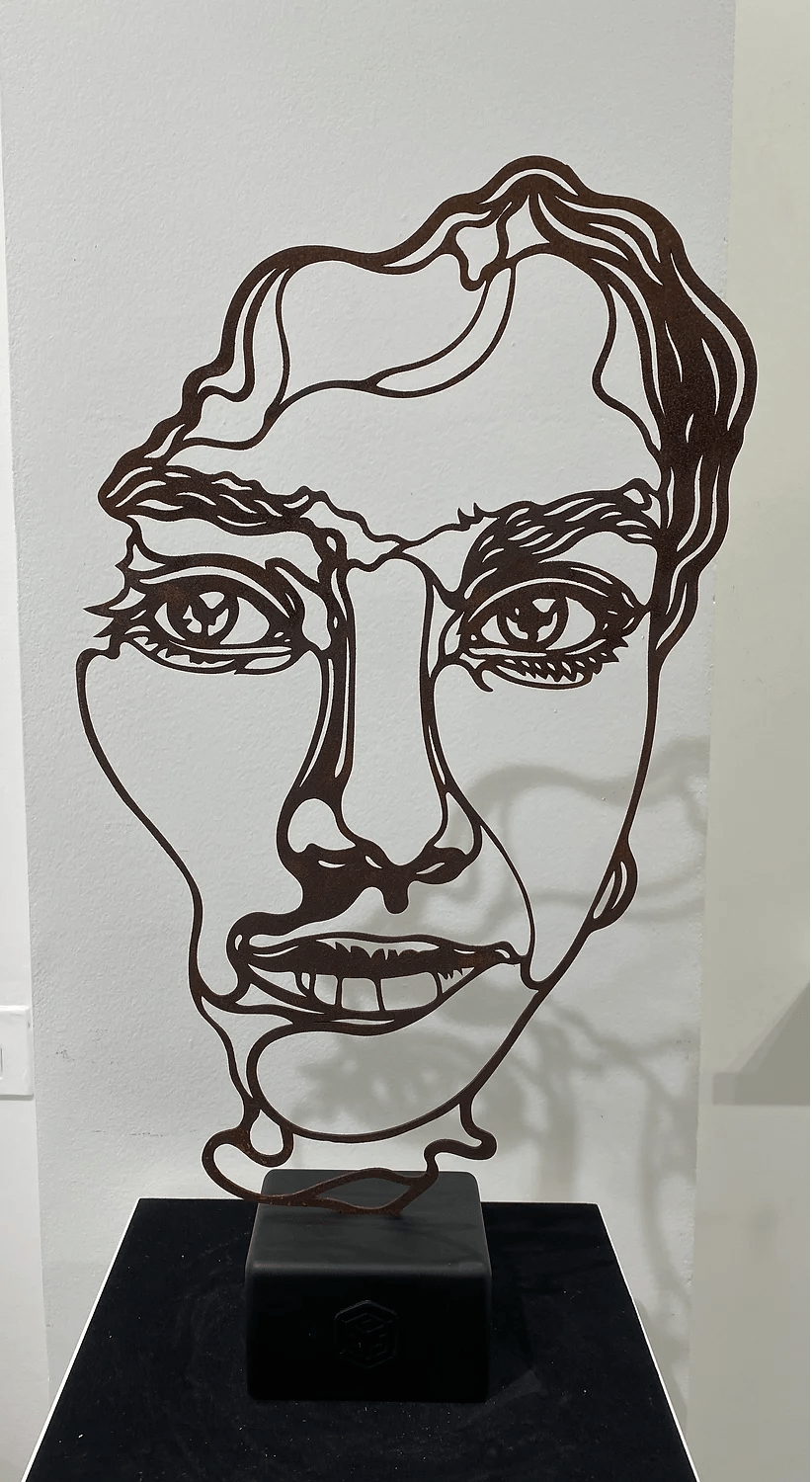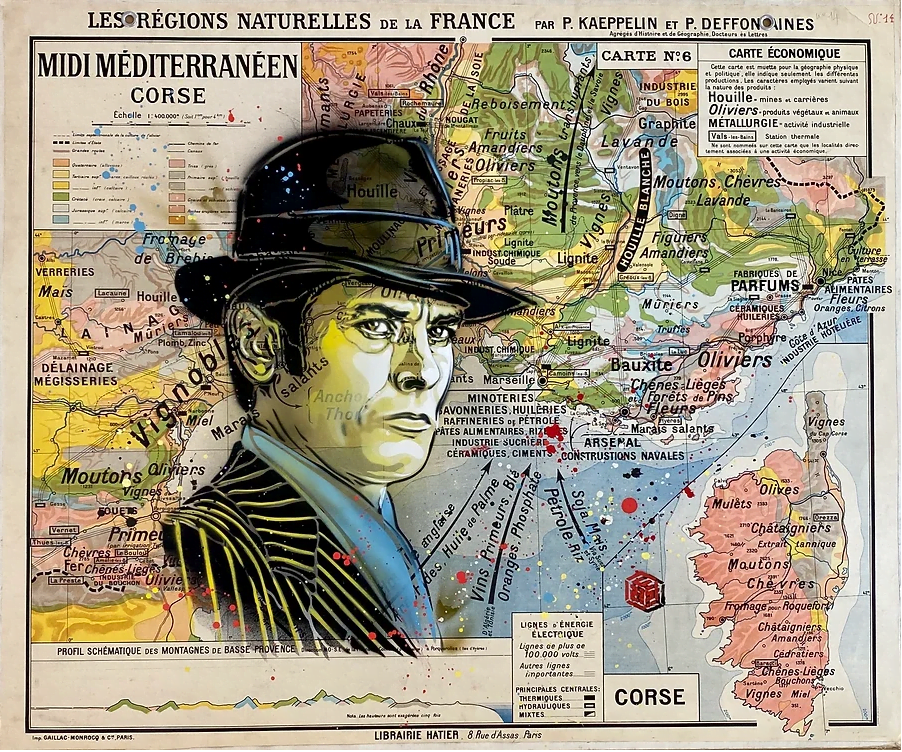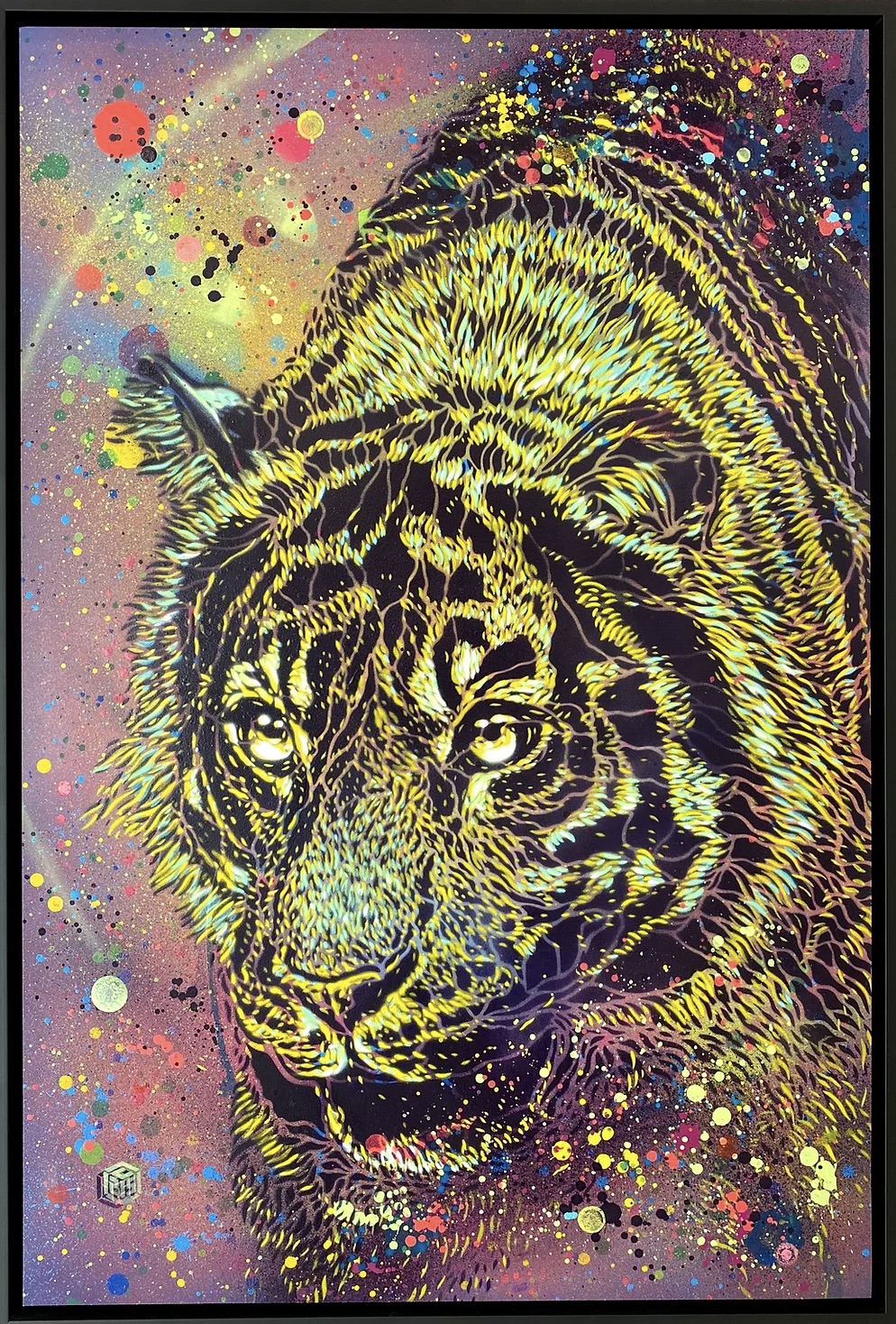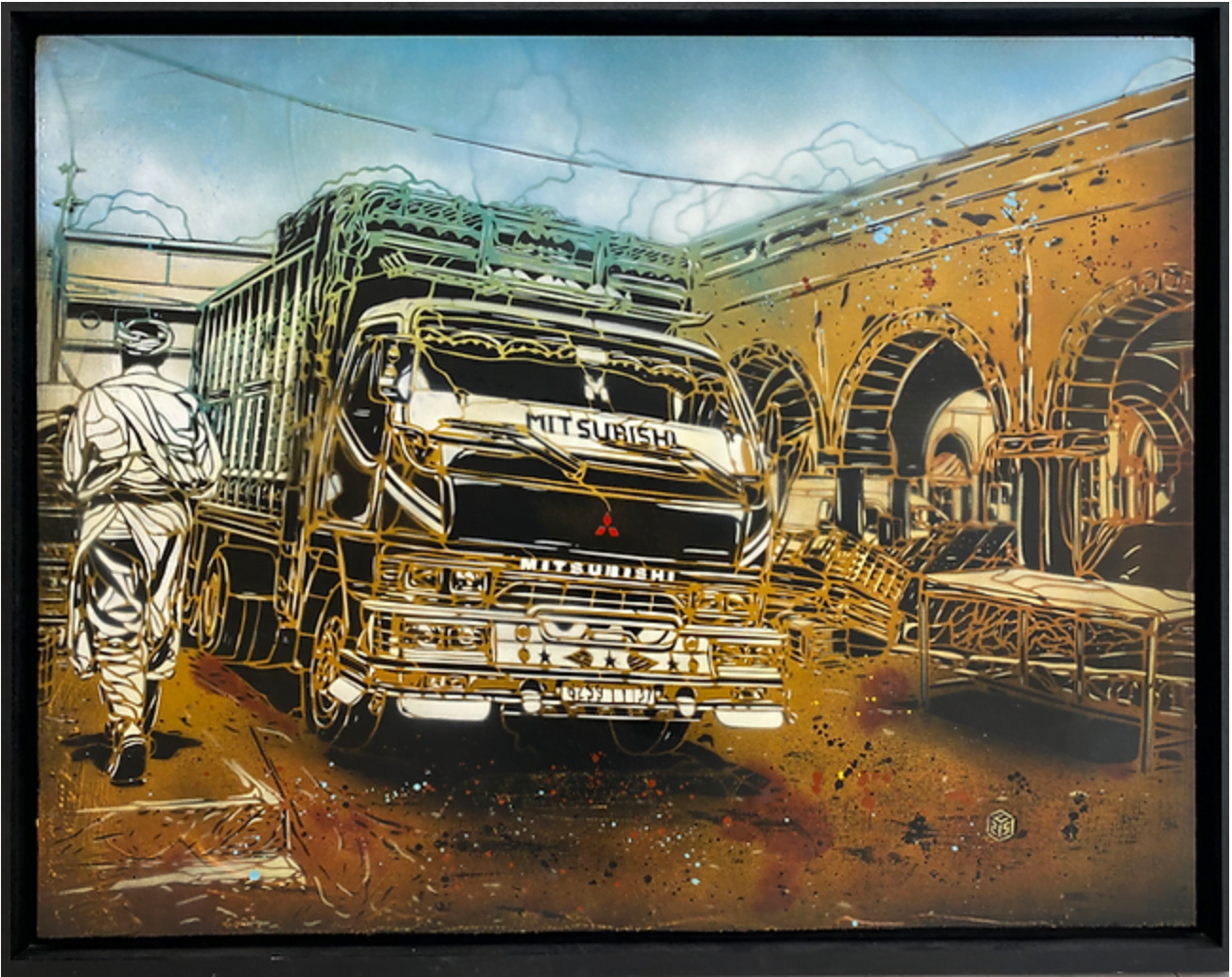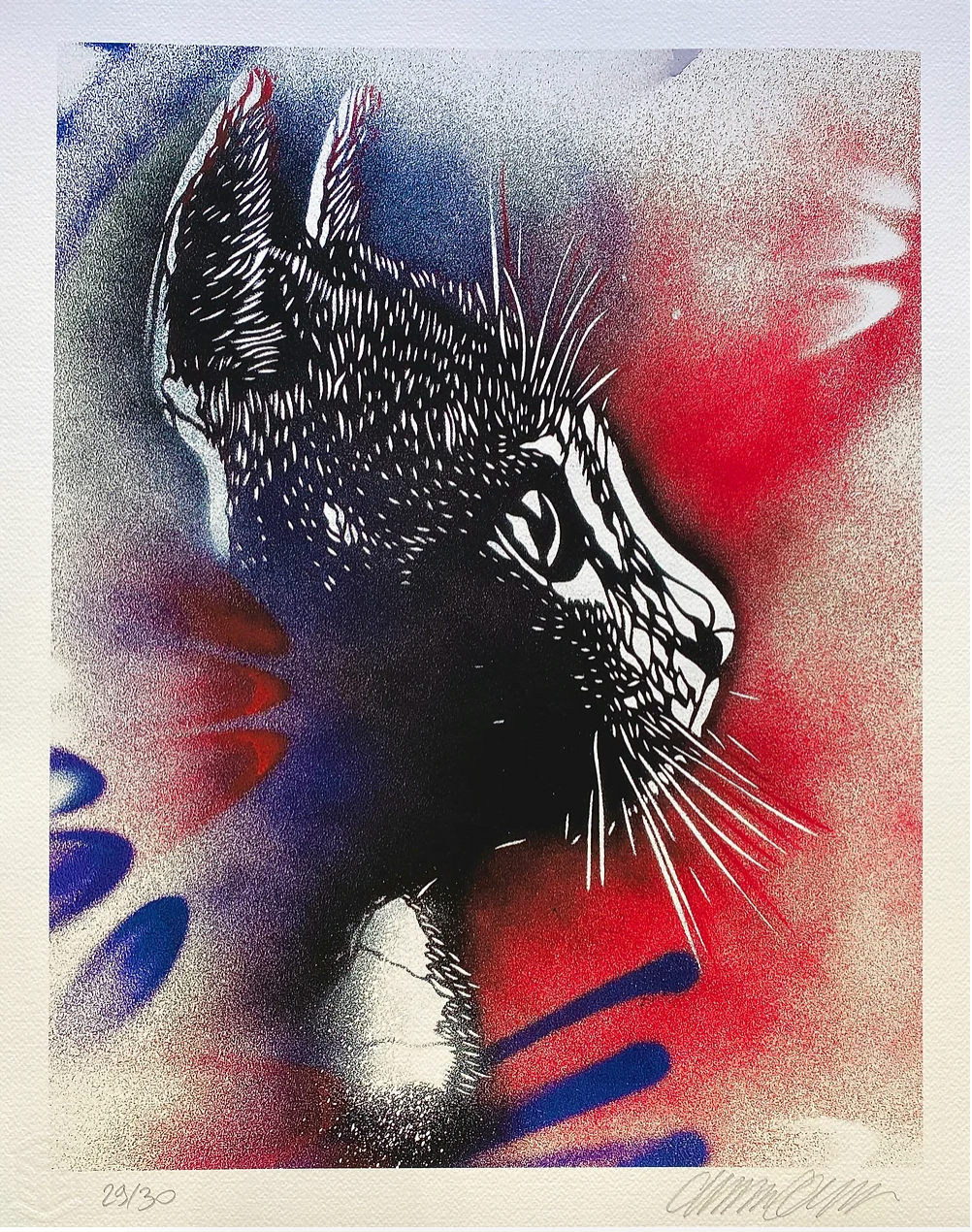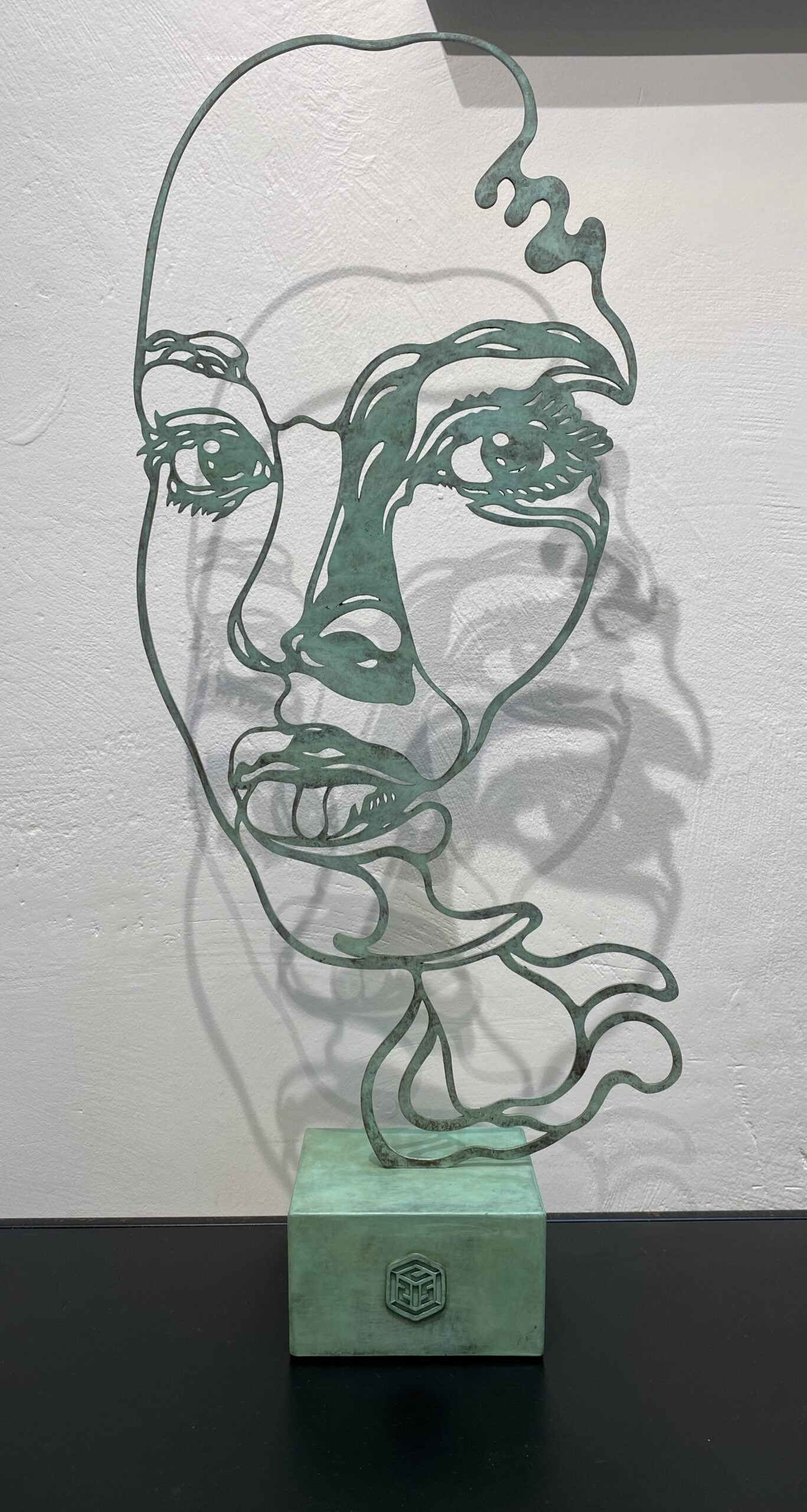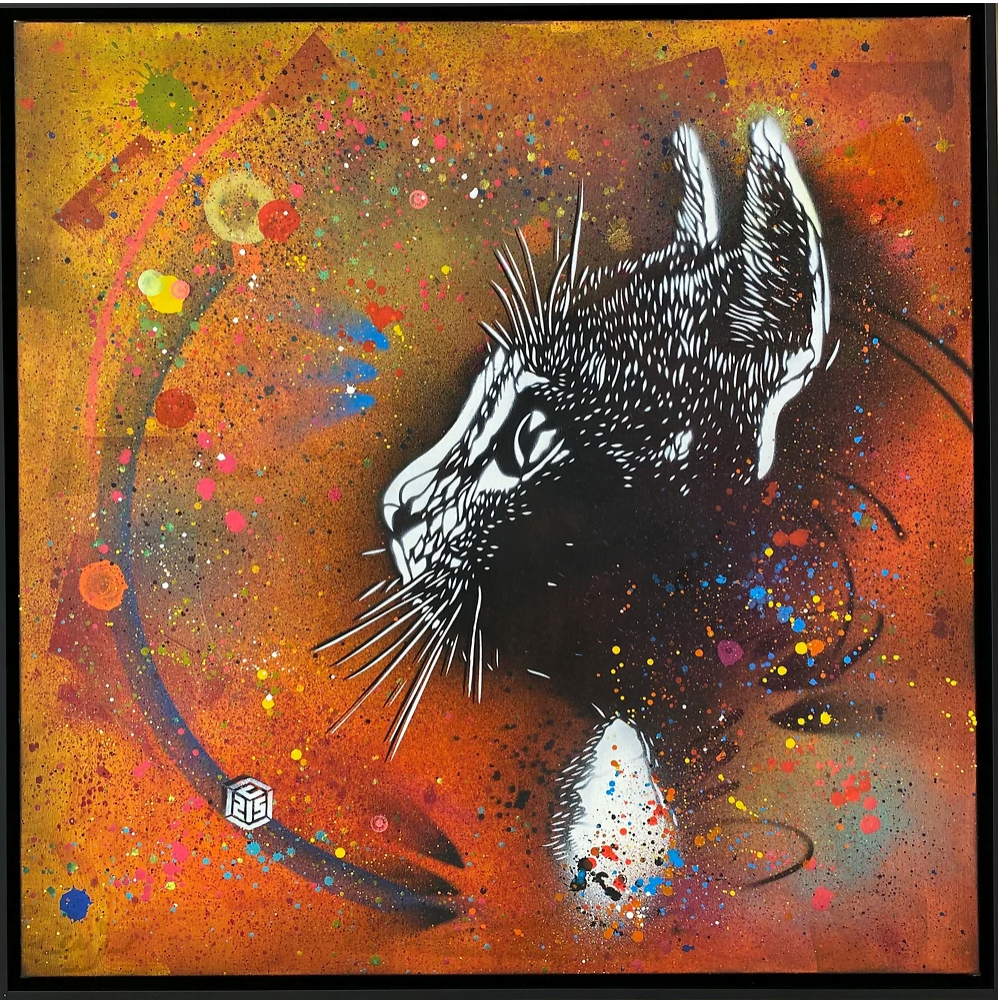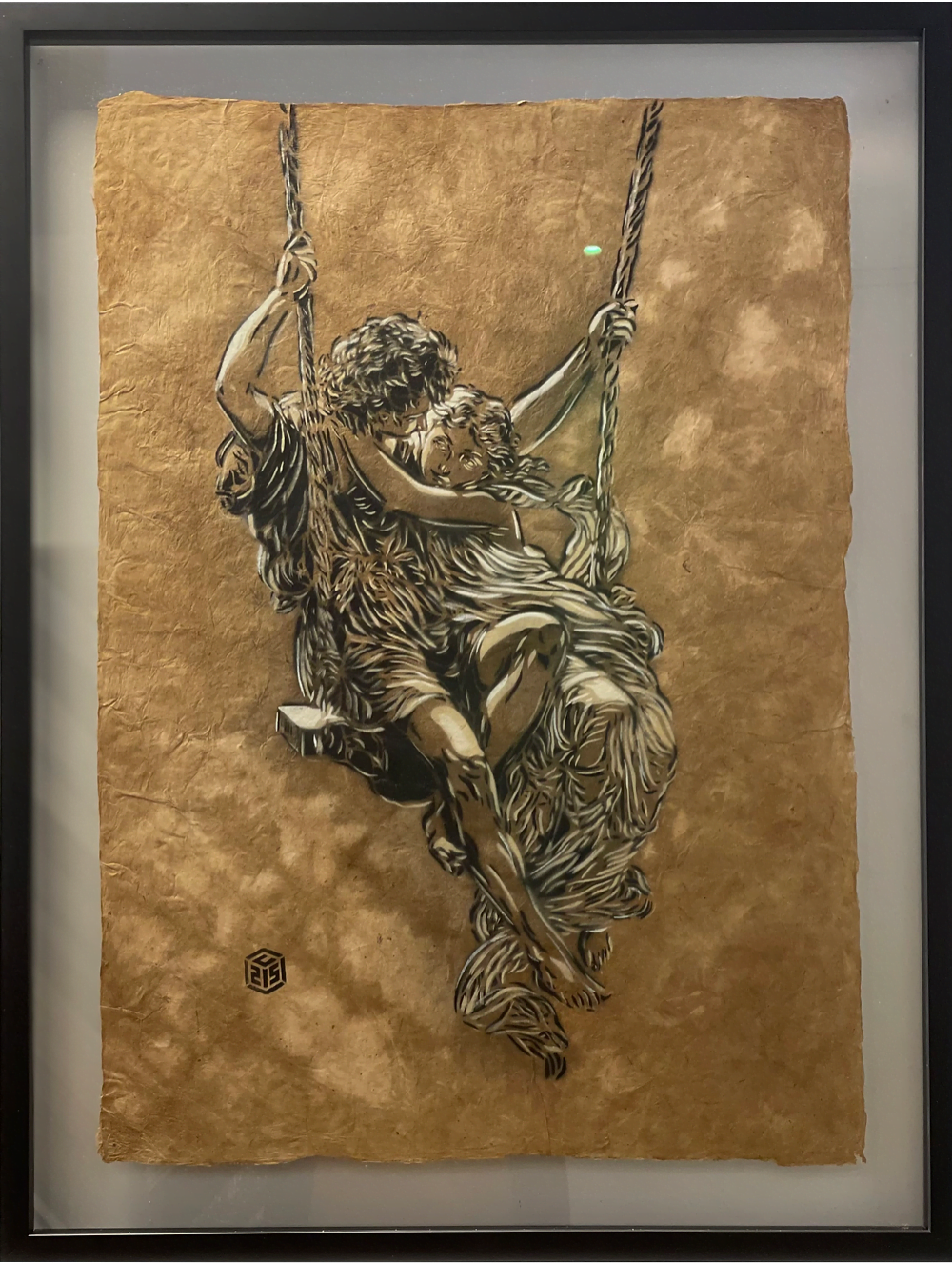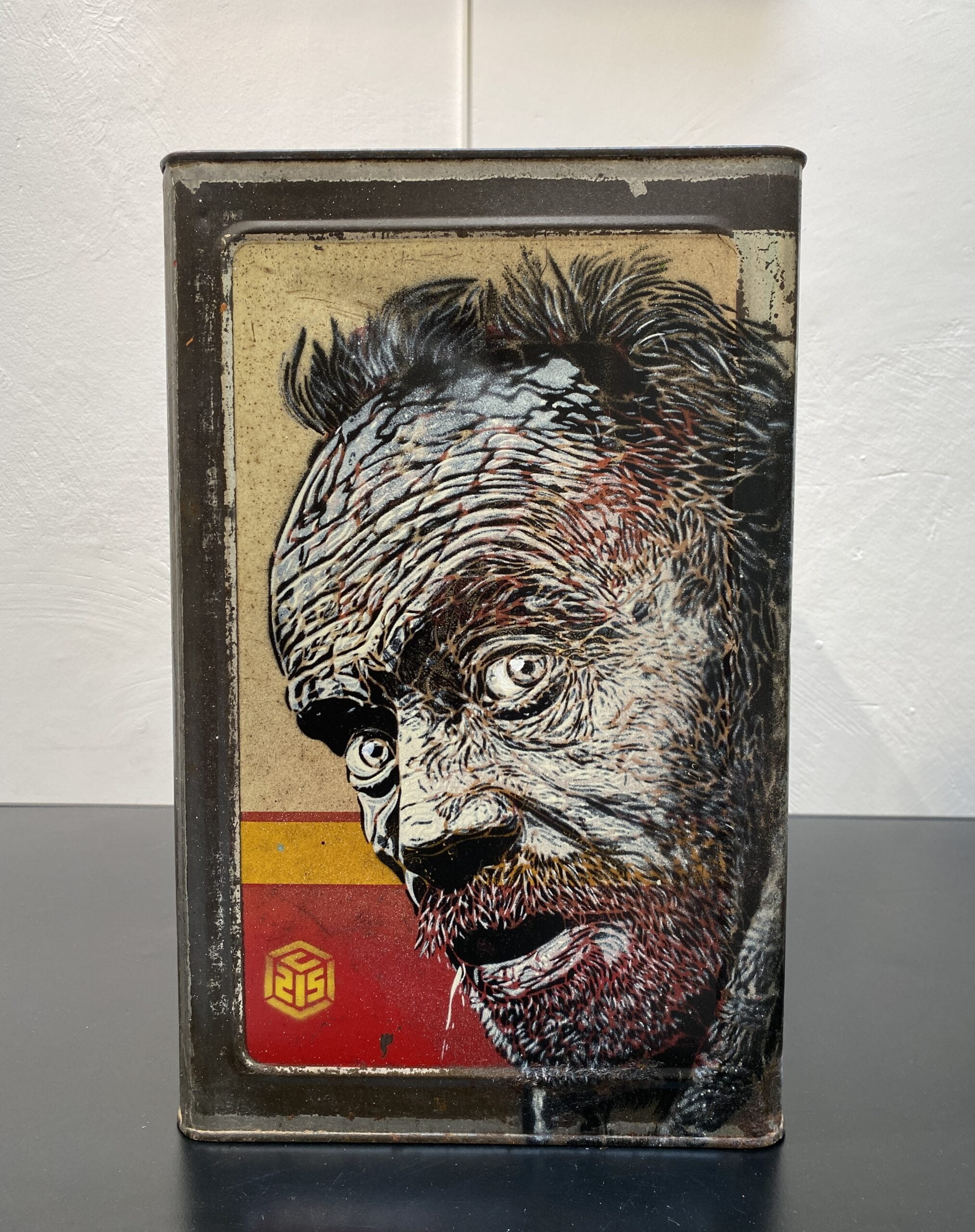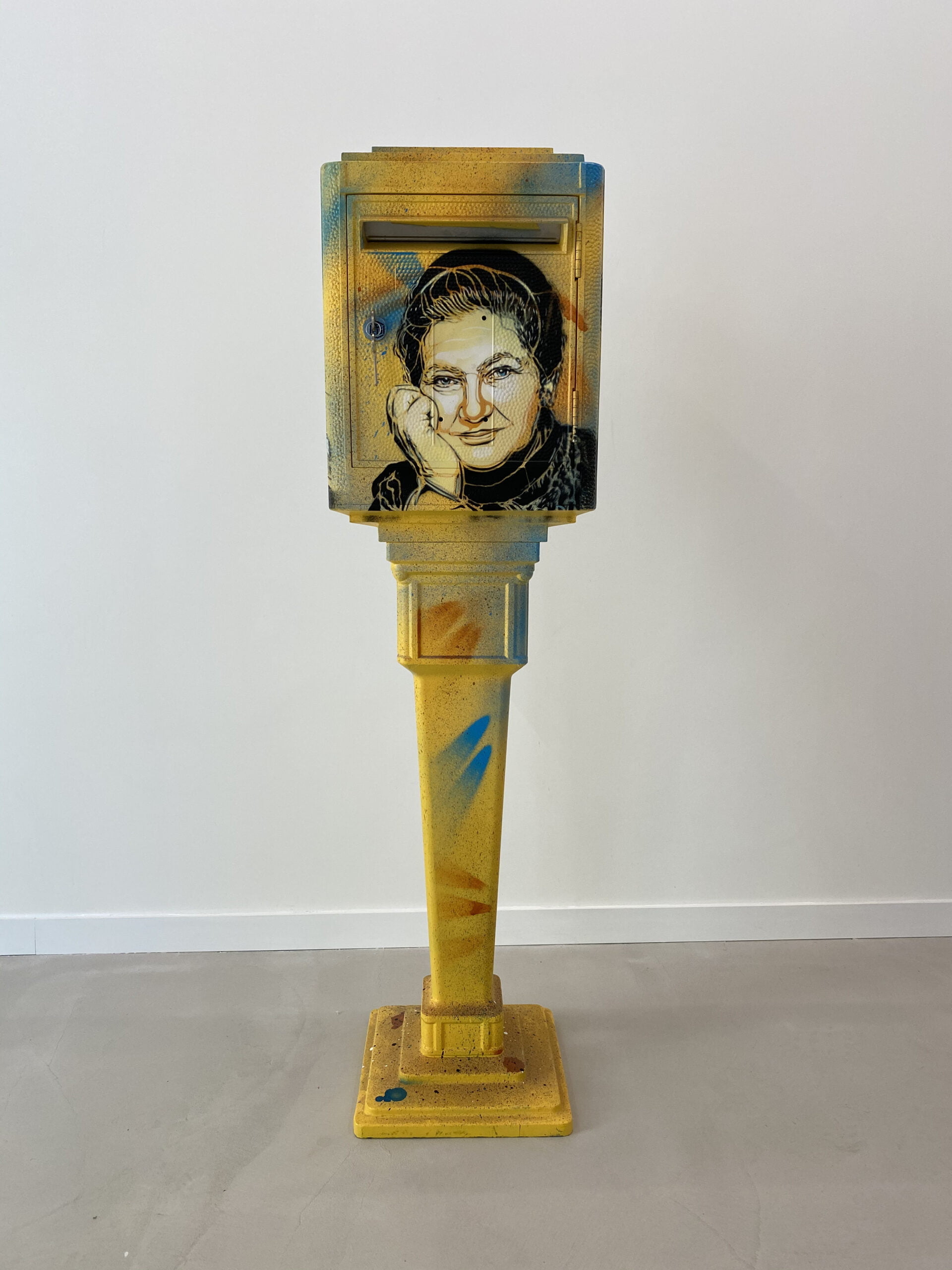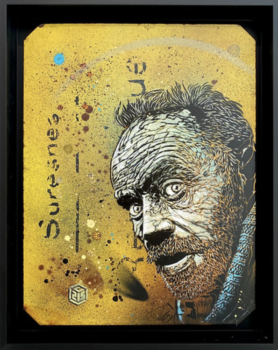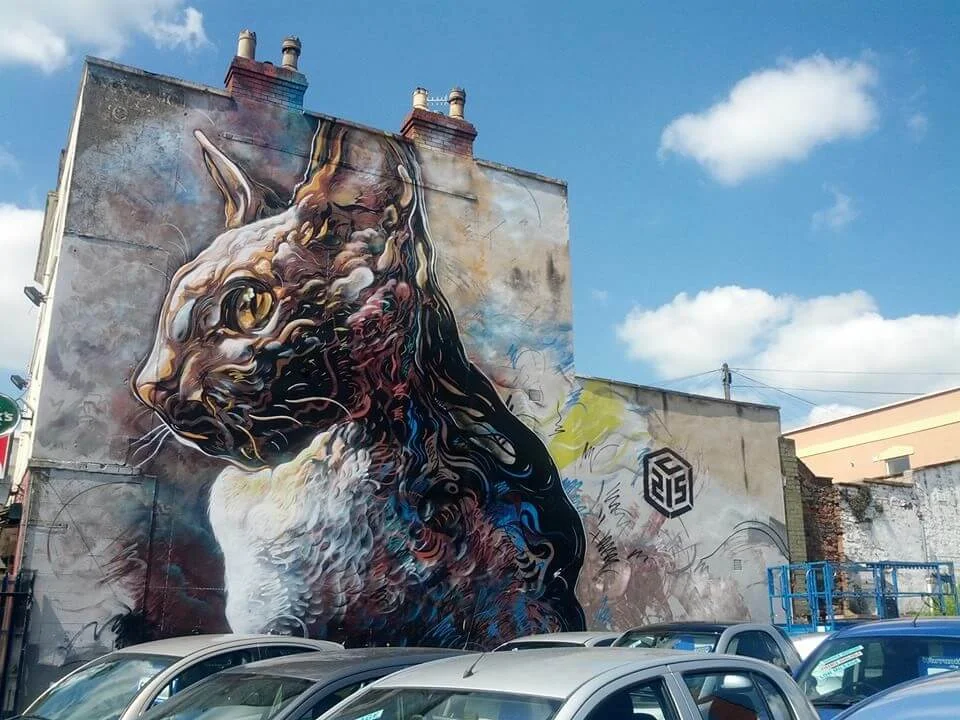Born in 1973
A key figure in the history of French Street Art, C215 is recognized as THE master of the stencil.
Exhibited all over the world, from London to Sao Paulo via New York and Barcelona, it was in the streets of the Paris suburbs that he began in 2005.
Anonymous
A true portraitist, he takes realism to the streets, but not just any realism. On a wall, a mailbox or an electrical cabinet, he first set out to depict what we don't want to see: a tramp, a gay couple kissing... so many people left behind, outcasts or anonymous.
Without elitism or egocentricity, he paints others, often on a human scale, giving them a presence and a place in our society.
"My works place invisible people in the ranks of celebrities. Through these faces, I want passers-by to confront their own humanity."
From the street to the institution
In 2014, he decided to add another dimension to his artistic approach. Driven by a desire to make himself useful, to "engage in citizenship", he created the "Douce France" touring exhibition, which shows and demonstrates the multiple and sometimes contradictory facets of French culture. A sort of "sarcastic response to those who wonder what national identity is".
C215's passion for history led him to devote himself to education. He humanized public spaces by depicting portraits of great names we know from street signs, but whose faces we often ignore. This led to a series of institutional exhibitions.
These include "E=MC215, dialogue entre Sciences et art" at the Musée des Arts et Métiers in 2015, "Radium 215" at the Musée Curie in 2016, "100 ans après..." in 2018 to commemorate the centenary of the armistice of the First World War and pay tribute to its combatants at the Musée de la Légion d'Honneur, and "Illustres" at the Panthéon in the same year, where he honors the writers, scientists, politicians, artists and freethinkers who rest there.
C215 is currently exhibiting a series of portraits at the Musée de l'Ordre de la Libération and in the Invalides district of Paris, as part of the exhibition "Entre Ombre et Lumière, Portraits de compagnons de la Libération" (more on the exhibition on page 4).
The idea is to offer younger generations a different, contemporary way of taking an interest in history and culture. It offers a more accessible gateway, in the hope of whetting their appetite for more.
In 2019, he is the first French artist belonging to the Street Art movement to enter a permanent museum collection. It is the Mamac collection in Nice (Musée d'Art Moderne et d'Art Contemporain). Following the desecration of the portraits of Simone Veil on the letterboxes of the Mairie du XIII arrondissement in Paris, C215 was invited to reproduce the portraits of the great lady of Nice on two letterboxes, in order to raise awareness and lead the fight against hatred.
His urban work is designed to bring people together, not divide them, whether around a work of art, an idea or a value. He likes to link the past to the present, portraying history in a contemporary urban context and a very contemporary artistic technique: graffiti.
From the street to the institution, C215 traces a deservedly accomplished and committed artist's itinerary.
Prisons
At the same time, he is currently volunteering in some thirty prisons. With the same artistic approach, he suggests and interprets portraits of personalities. The work may be purely decorative, or it may inspire the viewer to delve deeper into its history. Portraits are often chosen to question the notion of free will and freedom.
"I generally paint people who have an extra soul and who have given a little more to life than was expected of them" Fou d'Histoire, episode 19, France Culture, 11/02/2022
Supports
In the street, there's always an interaction between the work and its context. The two are inseparable. As he says, "The street is the great poetess", and finding this interaction, this atmosphere when he exhibits in galleries or museums, is an important part of his work. By creating a dialogue between the subject and the support, he retranscribes an environment around each portrait. To achieve this, he spends a lot of time hunting and stencils his work on a variety of vintage objects, newspapers, clothes and so on.
Technology at the service of emotion
For C215, each stencil represents dozens of hours spent cutting paper with a scalpel. His style exacerbates the line to appeal to passers-by, to convey an emotion.
"I have an intimate contact with the surface of the face, but as I evade it, as I dig into it with my scalpel, I discover every nook and cranny, the slightest stigma, the slightest wrinkle, and somewhere along the line, I encounter a part of the soul of the character I'm portraying. Depending on the wrinkle, you can understand if he was worried rather than laughing in his life, you can discover a scar, things that ultimately speak volumes about the character's inner self". Fou d'Histoire, episode 19, France Culture, 11/02/2022
